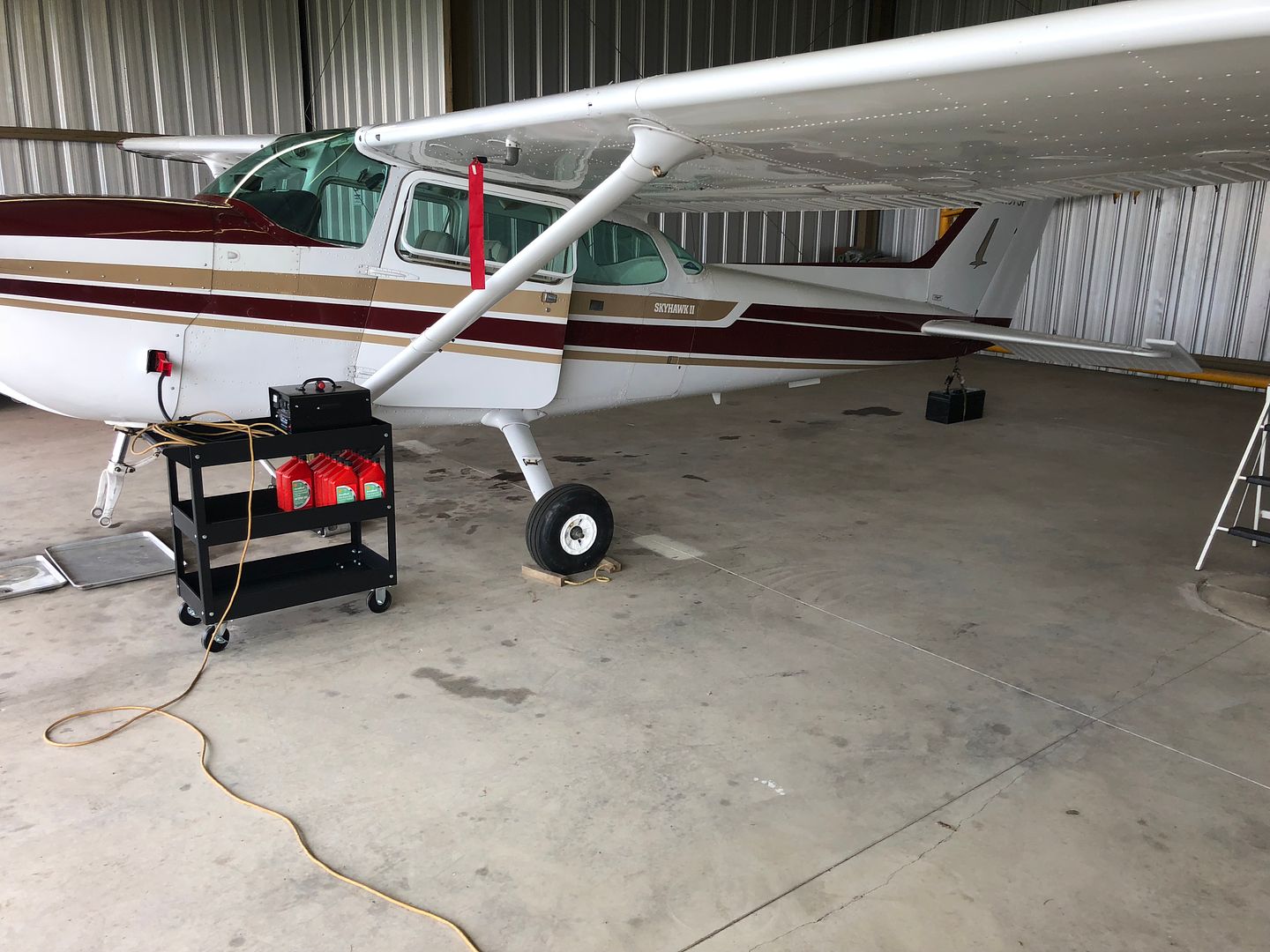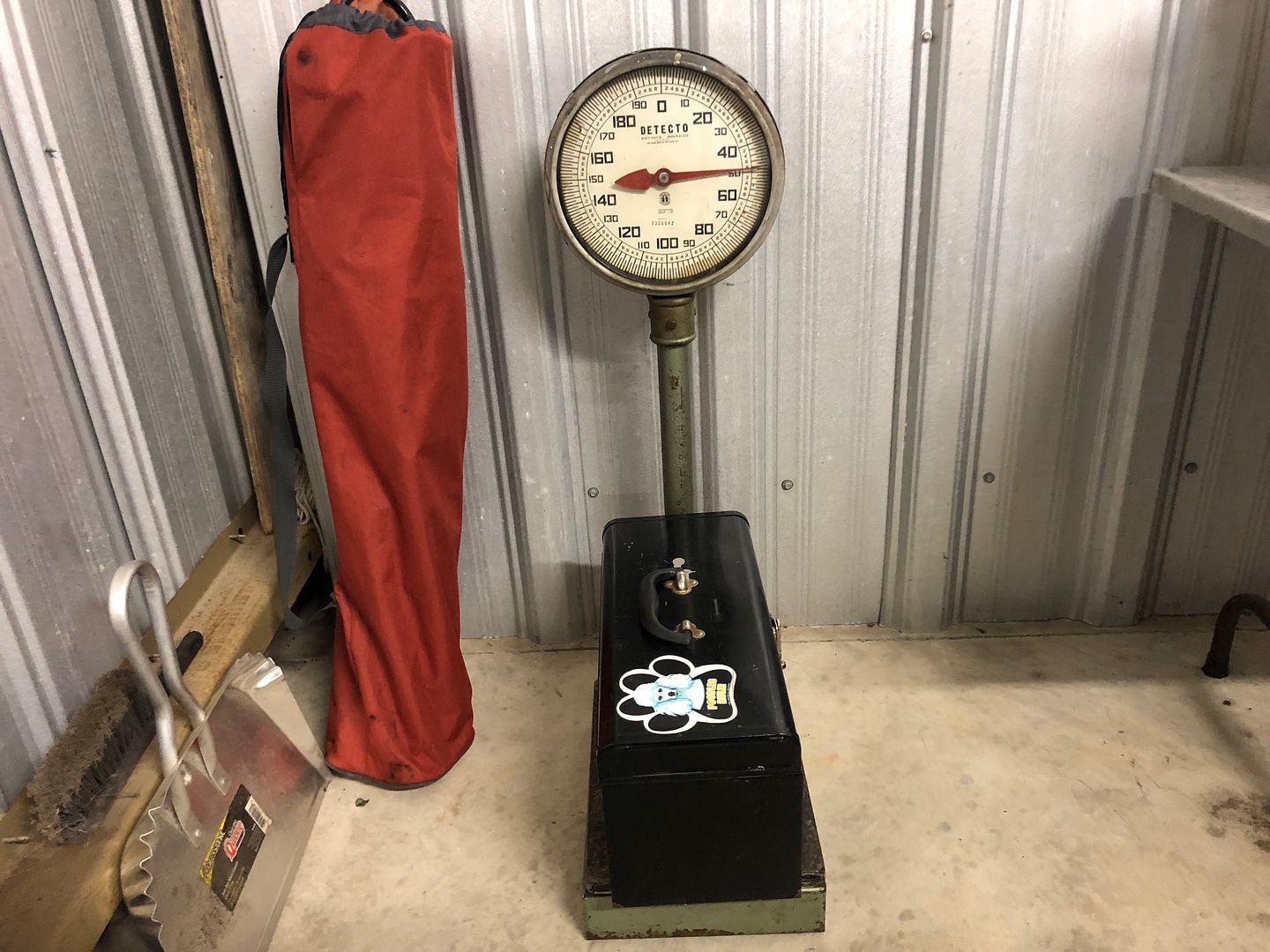For the 172 and other Cessna pilots here, a couple of tricks.
2 guys, no guage needed, but a quick and reliable valve in the gas line.
Mags checked off, Idle cutoff. Fuel line off. Propeller horizontal, and one guy stays in front of it.
Second guy connects the gas line to the fitting, signals to the first to start bouncing the nose slightly up, as he gives small squirts of gas.
Eventually, the nose will approach the desired height, the first guy tapers his bumps to zero, and the GUY BEHING THE PROP measures the extension.
Be sure that the distance is correct for your model and year, they do vary.
Wipe the strut clean, then moisten with fluid
Good pressure guage? Alone? You need a smooth strong rope and smooth tie down ring in the pavement.
Tie the rope to the fixed tie down ring, and position tail directly over the ring. The rope goes up through the tail ring, back down, and through the fixed ring.
Place the heel of one hand exactly on the rivet line of the stabilizer spar. Press down and pull the rope at the same time, until the nose wheel is several inches in the air.
Shift the hand on the rope next to the fixed ring, and wrap a loop of the loose portion of the rope around the vertical portion several times, and tie the loop to the loose end.
Fill to the correct pressure, and done.
If you leak fluid, this is a good time to remove the fill plug, measure the level, an correct that.
There were at least half a dozen Cessna owners at the field at one time who shared parts of the above tools and equipment. Most time ther4e were3 or more to share the work, so much easier than described above.





